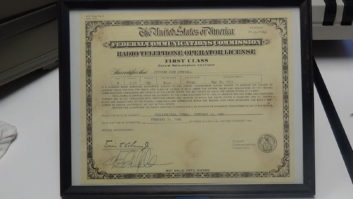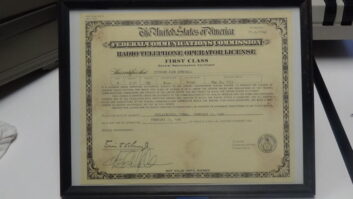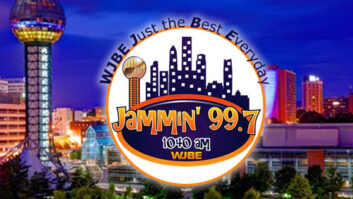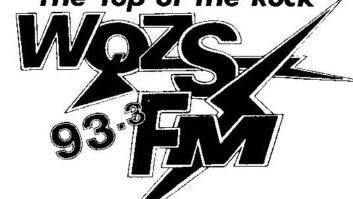This is a more detailed version of an earlier story.

A fact sheet from iBiquity outlines the rate structure.
(Click to Enlarge)
In a recent opinion piece here about AM revitalization, iBiquity Digital Senior Vice President for Broadcast Programs and Services Joe D’Angelo wrote that the company’s digital technology provides a cost-effective path for AM to evolve.
Both Radio World and iBiquity received comments in response, with readers complaining about “astronomical” HD Radio licensing fees. I then heard back from iBiquity Director of U.S. Broadcast Sales Rick Greenhut, who asked for a follow-up opportunity to explain the fee structure.
He tells me the fees actually went down again recently because the company wanted to make it easier for smaller-market stations to convert to digital. “We’re trying to open the tent wider. We want [digital conversion] to make financial sense for as many people as possible.” Greenhut also that emphasized that the main channel licensing fee is a one-time, rather than a recurring, cost.
That one-time fee is now $10,000. This compares to a published rate in 2009 of $25,000, though after discounts an average station at the time paid about $15,000, a company official told me then. In 2010, fees were reduced; iBiquity rolled out several options under which the cost ranged from $10,500 to $12,500 depending on payment schedule.
Here’s how the $10,000 fee works: A station pays $2,500 down. “They then have three years to sign on an HD station. At that point we bill them for the balance,” with payments spread out over five years. That works out to $125 a month, according to Greenhut, who said there’s no interest involved.
Another reason to scale back prices now, he said, was “so a guy in a small market could make money in the short term with HD.”
He’s referring to return on investment that he said some digital owners are earning with multicast channels. Those involve a separate licensing fee based on a revenue-sharing model. Stations pay 3 percent of incremental net revenue derived from HD2, HD3, etc. channels, with a minimum annual fee of $1,000. Payments can be made quarterly.
For stations carrying third-party data services such as traffic on their digital channels, an auxiliary data fee also applies. This is the same amount as the multichannel fee.
While some readers may look at the drop in fees and wonder whether iBiquity’s business model is sustainable, Greenhut told me the company always saw receiver and chip sales as being where it would get the majority of its revenue.
“With auto OEM and aftermarket sales running so far ahead of projections, I was able to drop the prices to make it easier for stations to upgrade,” he said. “We never looked at broadcasters as providing the majority of the company’s revenues. We’re an IP company.”
I also remember that, back when HD Radio was still usually just referred to by the generic term IBOC, early adopters enjoyed lower license fees. Greenhut acknowledged that the fees did start out smaller before the technology was proven and there were receivers in the market.
In the end, he estimates, the cost of an iBiquity license to a station typically is 10 percent of its total conversion costs. And are stations still converting to digital? Yep, at a rate of one or two per week, says Greenhut. “There’s nothing like having a competitor nip at your heels with an HD2 translator,” he tells me.
Some 2,180 stations — 1,864 FMs and 316 AMs — were airing the hybrid analog/digital signals as of mid-October, and those have led to the creation of an additional 1,450 digital-only multicast channels. By comparison, in early 2010 there were about 2,000 stations and 1,100 multicast channels, I reported at the time.
Comment on this or any story. Email [email protected] with “Letter to the Editor” in the subject line.












